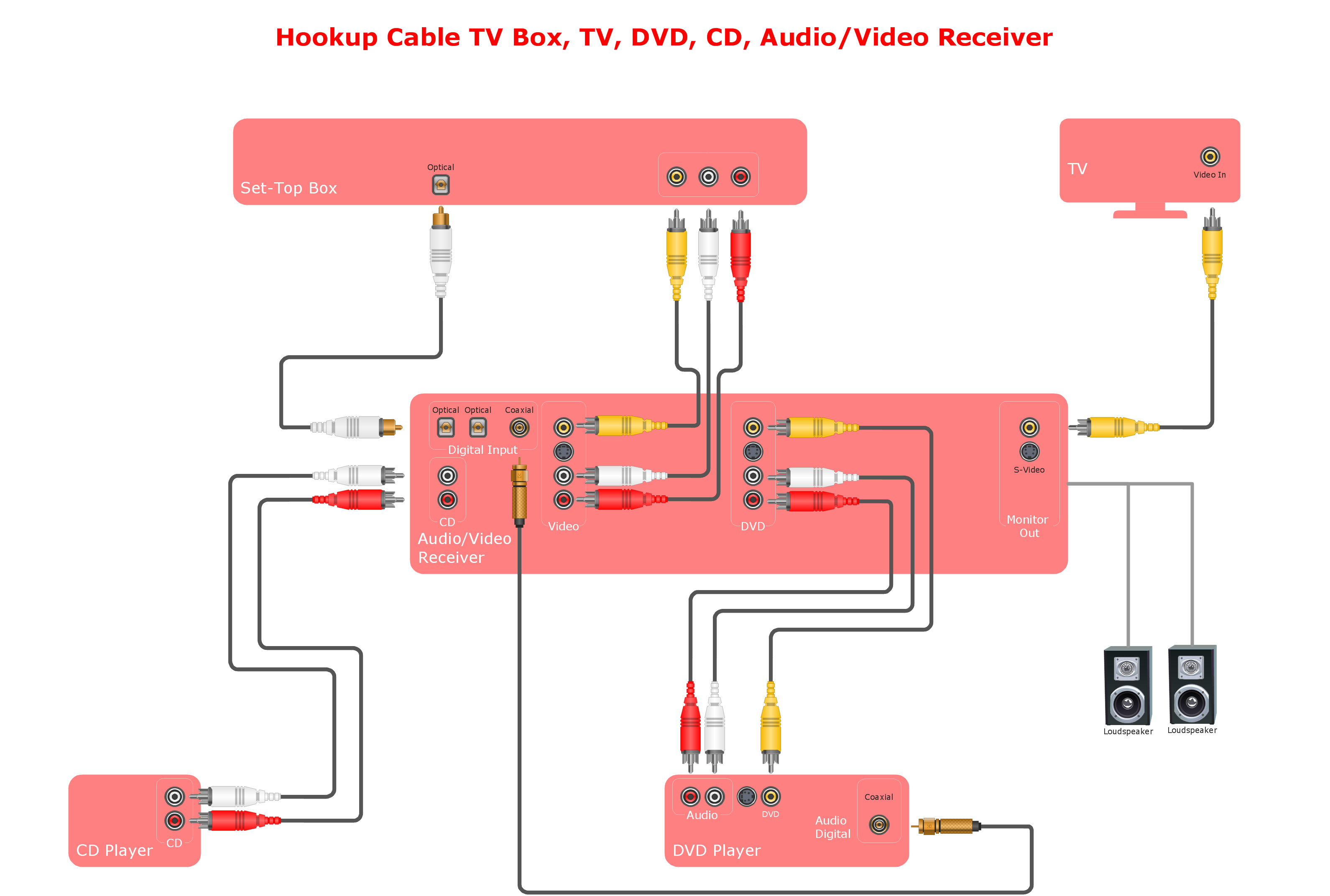Illuminating the Influence of Lighting Circumstances on Motion Identification Accuracy and Dependability
Illuminating the Influence of Lighting Circumstances on Motion Identification Accuracy and Dependability
Blog Article
Illumination conditions play a significant impact in the way well we can detect motion. Motion detection is a critical component of various technologies, including security cameras, automated lighting systems, and even certain gaming applications. Comprehending how different lighting environments affect our capacity to perceive motion can assist improve the design and effectiveness of these systems. For example, poor lighting might lead to missed movements or false alarms, while optimal lighting can enhance the accuracy of motion detection technologies.
In bright illumination environments, motion detection is typically more accurate. As there is ample light, sensors and cameras can obtain clearer pictures, which helps in recognizing dynamic objects. Well-lit environments allow for better distinction between the moving element and the background. This differentiation is crucial for both visual observers and automated technologies, as it makes it simpler to differentiate between stationary and dynamic objects in a scene. Thus, ensuring that areas are well-lit can greatly improve the effectiveness of motion detection systems.
On the other hand, low-light conditions can present click to find out more difficulties for motion detection. In dim environments, darkness can hide moving elements, making them hard to detect. Additionally, the human eye struggles to detect movement in low light, which can result in misinterpretation of what is happening in the surroundings. Cameras may also face difficulties, as many do not perform well in low light without the use of infrared technology or alternative improvements. These limitations highlight the click here to find out more importance of adequate illumination in settings where motion detection is essential.
Additionally, different types of illumination can have different impacts on movement detection. For instance, neon lights can flash, which can confuse movement detection systems that depend on consistent light sources. On the other hand, daylight provides a steady form of lighting that enhances clarity. Comprehending these variations in lighting types can assist users in choosing the most suitable illumination for specific applications, especially in surveillance and safety scenarios.
In summary, the relationship between lighting conditions and movement detection precision is significant. By making sure that settings are suitably lit, we can improve the reliability of movement detection systems. This knowledge not only supports technological uses but also enhances security and security in various environments. As further advancements are made in motion detection systems, considering illumination environments will continue to be a vital factor in enhancing performance and guaranteeing that these systems function properly in various conditions.